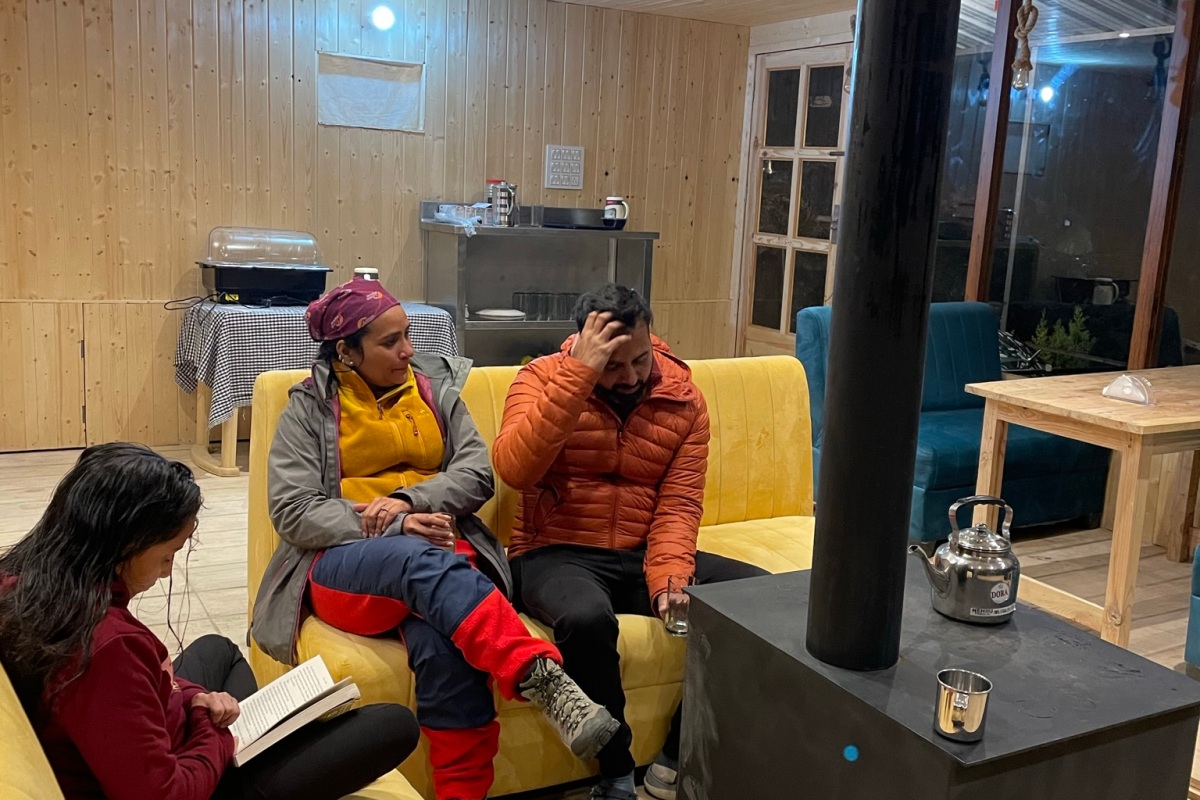In the world of adventure, where the call of the mountains echoes for all, there exists a realm of opulence—treks that transcend the ordinary and redefine luxury in the lap of nature. Welcome to “Opulent Adventures Tailored For You,” where we not only open the door to breathtaking landscapes but also usher you into a world of super luxury, where every step is a journey into extravagance.
Beyond Standard, Into Super Luxury:
While our treks cater to all, those seeking a level of opulence beyond the ordinary can indulge in our super luxury treks. These experiences are not just about conquering peaks but elevating your adventure to a realm of comfort and style unparalleled in the wilderness. Picture yourself surrounded by the grandeur of nature, all while enjoying the pinnacle of luxury services.
Home Comforts in the Wilderness:
For those who wish to travel in style, our super luxury treks offer more than just stunning views. Camp cots and air mattresses ensure a night’s sleep as close to the comfort of your home as possible. We understand that even in the heart of the mountains, a good night’s rest is essential, and our opulent accommodations aim to provide just that.
Day Treks in Ultimate Comfort:
For a taste of luxury without venturing too far into the wild, our day treks offer a unique blend of adventure and comfort. Imagine waking up in a cozy hotel room or a charming homestay, setting out on a new trek each day, and returning to the embrace of comfort in the evenings. More importantly, a hot shower awaits, ensuring that the day’s adventures are followed by the ultimate relaxation.
Gourmet Delights Amidst the Peaks:
Elevate your trekking experience with culinary delights that rival the finest restaurants. Our super luxury treks feature gourmet meals prepared by skilled chefs, blending local flavors with international finesse. Indulge in exquisite dining experiences against the backdrop of majestic mountains, making every meal an adventure in itself.
Unmatched Personalized Services:
In the world of opulent adventures, personalized service is not just a promise but a commitment. Our team is dedicated to ensuring that every aspect of your trek, from accommodation preferences to dietary requirements, is tailored to your desires. We don’t just meet expectations; we exceed them, crafting a bespoke experience that lingers in your memory.
Experienced Guides for a Seamless Experience:
Even in the lap of luxury, safety and expertise are paramount. Our experienced guides, well-versed in the art of super luxury treks, provide a seamless experience. Their knowledge of the terrain, combined with a commitment to unparalleled service, ensures that every step is guided with precision and care.
Sustainability Meets Opulence:
In our pursuit of opulence, we don’t compromise on our commitment to sustainability. Our treks adhere to Leave No Trace principles, ensuring that even in luxury, our impact on the environment remains minimal. Opulence and eco-consciousness coexist harmoniously in every aspect of our super luxury treks.
“Opulent Adventures Tailored For You” is not just a trek; it’s an immersion into the extraordinary. Whether you seek the ultimate in comfort amidst the wilderness or the perfect blend of adventure and luxury in day treks, our experiences redefine opulence in the great outdoors. Join us, not just to explore the peaks but to elevate your journey into a realm where every moment is a celebration of style, comfort, and unparalleled luxury. Because when it comes to adventure, why settle for anything less than opulence?






